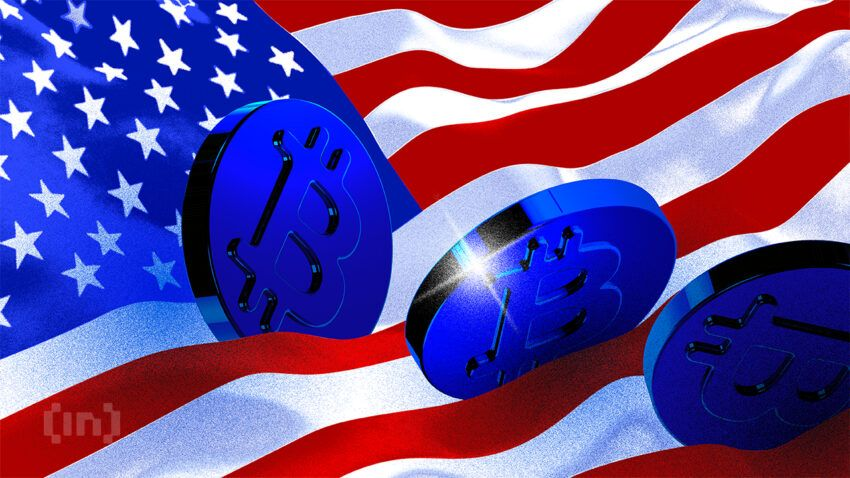Navigating the Regulatory Crossroads: How EU Scrutiny is Redefining Fast-Fashion E-Commerce Opportunities
The European Union's escalating regulatory crackdown on fast-fashion e-commerce giants like Shein and Temu is reshaping the competitive landscape of one of the world's largest retail markets. As investigations under the Digital Services Act (DSA) and consumer protection laws advance, the stakes for non-compliant firms—and opportunities for rivals—are soaring. For investors, this is a pivotal moment to assess which companies will survive—and thrive—in a post-regulatory-reform era.
The EU's investigations into Shein and Temu are not merely academic. The bloc has already signaled its intent to impose fines of up to if violations are confirmed. Beyond financial penalties, compliance costs are set to balloon as platforms must overhaul their systems to meet stringent requirements under the DSA. For example, Shein's second Request for Information (RFI) from the European Commission—due by February 2025—demands transparency into its algorithms, data governance, and product safety protocols.
Non-compliance could also trigger operational restrictions, such as mandated product recalls, increased oversight, or even bans on unsafe items. Meanwhile, the EU's proposed for low-value imports and phased elimination of duty-free exemptions for parcels under €150 will further squeeze margins for platforms reliant on low-cost Chinese manufacturing. These measures, combined with France's unilateral “fraud control” fees and inspections, create a complex web of costs for non-European players.
The reputational damage from EU fines or penalties could prove even costlier than financial penalties. Consider the in 2025 for illegal data transfers to China—a stark warning about the EU's zero-tolerance approach to non-compliance. For Shein and Temu, which already face accusations of selling unsafe products (e.g., toxic clothing, counterfeit goods), any admission of liability risks alienating price-sensitive consumers who prioritize affordability over safety.

In contrast, European competitors like asos (ASC.L) or Boohoo (BOH.L) may gain trust by showcasing compliance with EU standards. Investors should scrutinize brands' and product safety track records to gauge resilience against reputational storms.
The EU's actions are creating a stark divide between “compliance haves” and “have-nots.” While Shein and Temu scramble to adapt, local rivals and global players with strong regulatory alignment stand to capture market share. Key beneficiaries could include:
Meanwhile, the and product safety sweeps will disproportionately impact low-margin platforms, giving higher-margin, compliant businesses a cost advantage.
Investors should focus on three criteria:
1. Does the company have clear systems to comply with DSA obligations (e.g., product traceability, algorithmic transparency)?
2. How does the brand address environmental impacts (e.g., carbon footprint, waste reduction) and consumer safety?
3. Can the firm pivot supply chains or pricing strategies to mitigate EU-specific risks?
The EU's regulatory wave is not a passing storm—it's a permanent recalibration of market rules. For investors, the window to capitalize on this shift is narrowing. While Shein and Temu may still grow in the short term, their long-term survival hinges on costly overhauls. Meanwhile, compliant rivals are primed to capitalize on consumer trust and regulatory tailwinds.
Shift allocations toward EU-based or EU-compliant e-commerce firms with strong ESG profiles and product safety records. Avoid overexposure to platforms reliant on low-cost, high-risk supply chains—unless they demonstrate rapid adaptation. The era of “fast fashion, fast penalties” is here.
JR Research advises investors to consult with financial advisors before making decisions based on this analysis.









